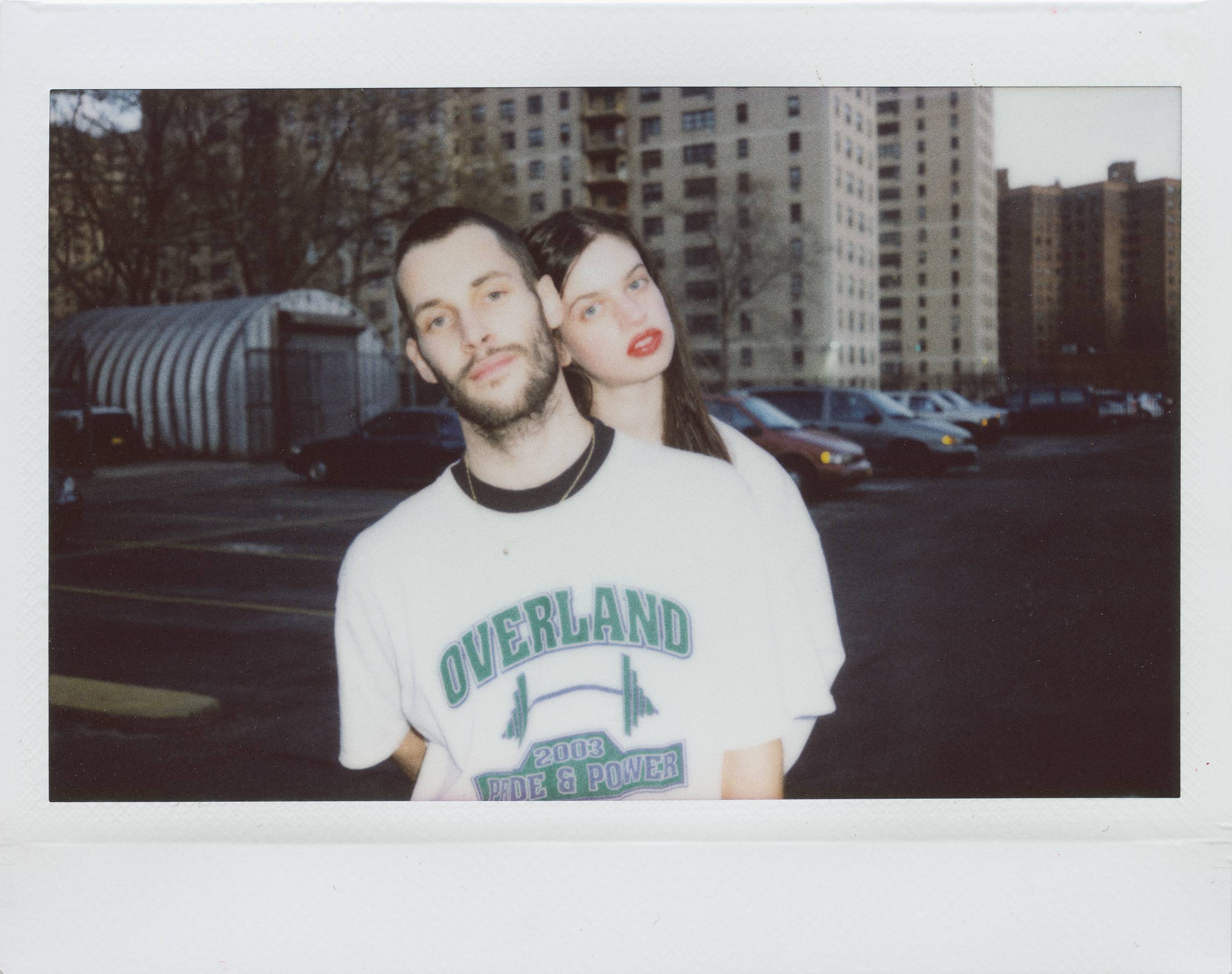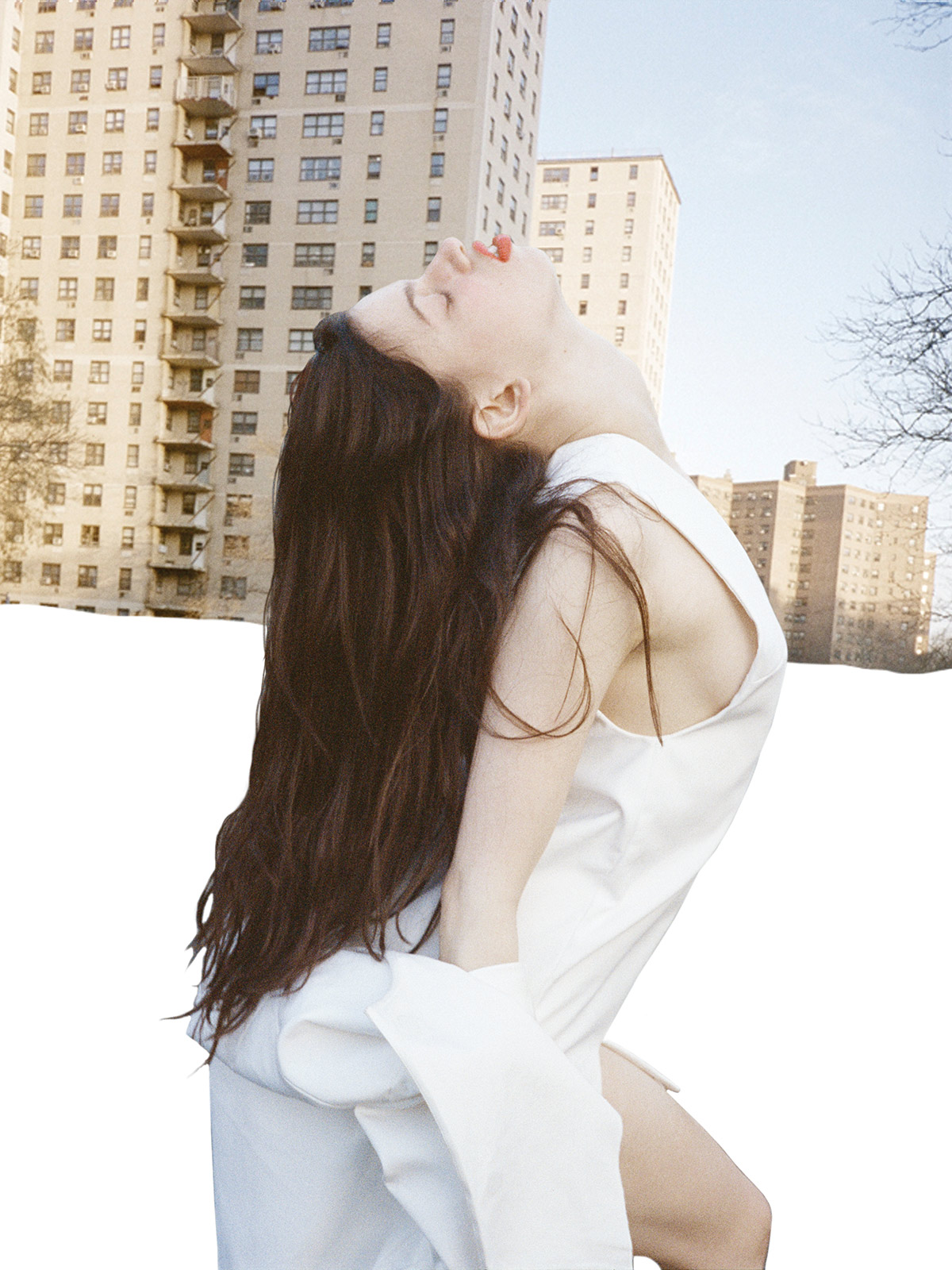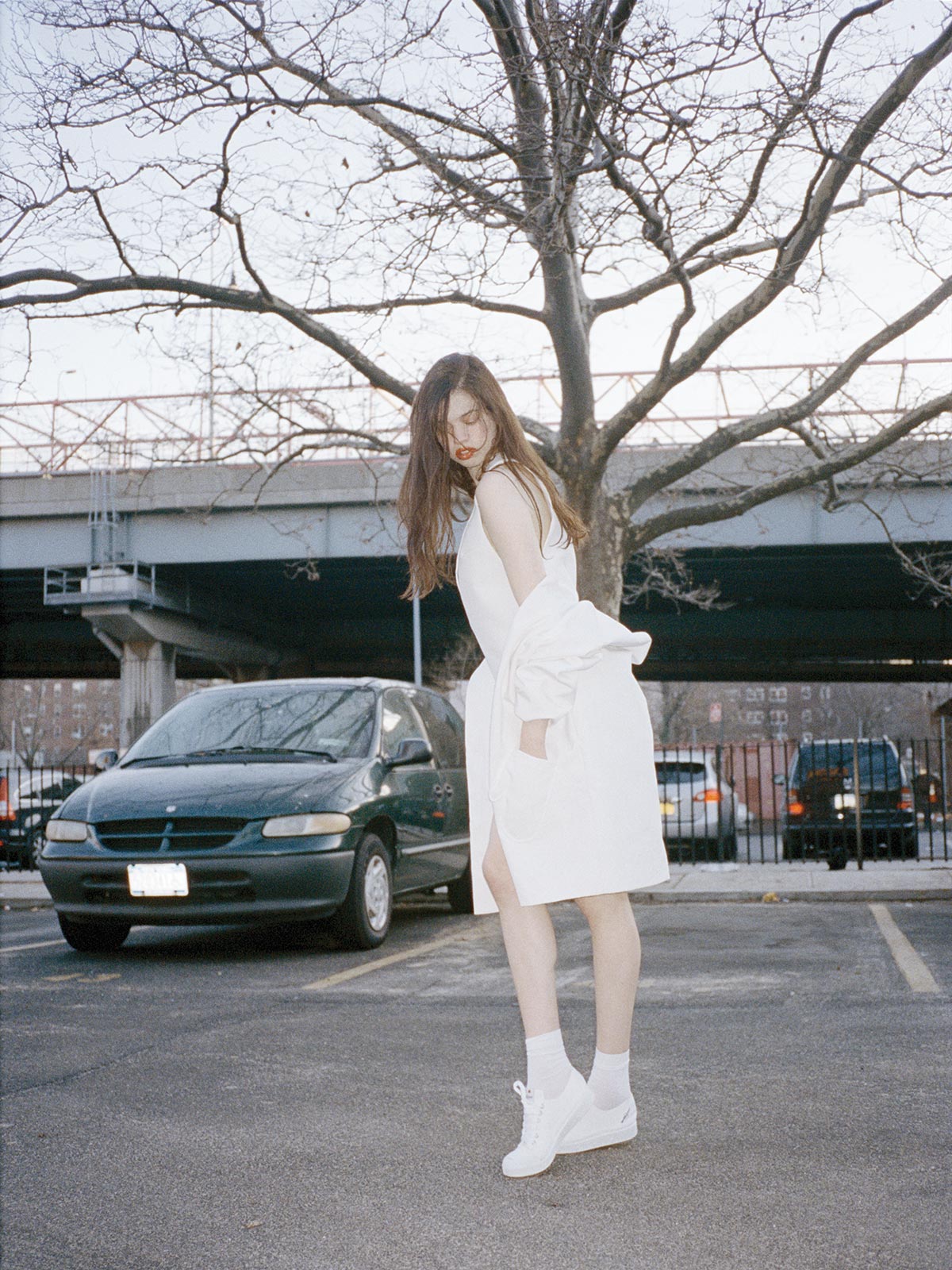For Document S/S 2014, Daniele Balice talks to Simon Porte Jacquemus about navigating through emerging stardom in the world of fashion, while maintaining accessibility, humble roots, and his mother along the way.
Every fashion week, my apartment in Paris becomes a joyful meeting point for a group of colorful visitors. They come from all over the world for the glamorous parties—some of them are in the fashion industry and others have just come for the fun. This last year, two young Californian girls, first-time visitors to Paris hungry for fashion, had the name of just one designer in their mouths: Simon Porte Jacquemus. As a Parisian I already knew and appreciated Jacquemus, but these two girls’ obsession tickled my curiosity. How did a 23-year-old designer based in Paris, who started with very little investment money, become such a phenomenon overseas?
But let’s start from the beginning. Born in the south of France in ’90, Jacquemus’ first client was his mother. Already obsessed with fashion as a child, Jacquemus made a curtain into a skirt for her. It was created with love, but it was far from perfect—in fact it didn’t even fit properly. Regardless, his proud mother wore it to pick her son up from school. They say that precocious success comes from having a loving and supporting environment during childhood. By now, years after the mix of pride and shame Jacquemus felt that afternoon, his mother has been proven right.
Only a few years later, Simon came to Paris to realize his dream of becoming a designer. Quickly bored by fashion school, he dropped out after only a few months and started to work in retail, where he learned what a customer really wants. The first collection came quickly thereafter. Then only 19 years old, he worked during the day and designed at night and on weekends. He had no financial support and only one patternmaker to help him.
That first collection, presented by his effortlessly chic and beautiful friend Jeanne Damas, made a strong statement right away. Like a modern Vic (the teenage heroine of the eighties French blockbuster film La Boom, played by Sophie Marceau), the Jacquemus girl made a strong impression.
Short on cash but not on ideas, Jacquemus keeps presenting his collections in most unusual ways: with a group friends, he crashes a Fashion’s Night Out, walking around the Avenue Montaigne with his girlfriend wearing his clothes. He once organized a strike in front of a Dior show, with his girls, attracting the interest of the press attending the event. But videos are his big passion, and with the support of French model Caroline de Maigret, he presented a collection inspired by his mother.
His vision is clear, the clothes are simple but not boring, and his girls have that French nonchalance that appeals immediately to the press and—more importantly—the customers. Jacquemus’ clothes are useful, in between uniforms and must-have items. They are clothes his friends want to wear. Colorful and simple, Jacquemus’ clothes fight snobbism, they are popular but not pop: the young designer often speaks about accessibility, and dreams about reaching a wider audience.
Spoiled by all kinds of social networks, Jacquemus has followers everywhere and his images are viral. His low-budget yet edgy movie presentations have invaded the web, creating an international network of fans. He received major recognition with La Piscine, a playful collection presented in a public pool in which his carefree girls wore flip flops. It referred to the eponymous film by Jacques Deray, a sensual drama played by the sexy duo Alain Delon and Romy Schneider.
It takes me a long while and a meal during a break from his day job to completely understand this kid that everyone is talking about. I dare to suggest a political dimension to the anti-academic, anarchic, and revolutionary way he started his business, and I wonder aloud about his ultimate ambition. “I just want everyone to like what I do and I want to reach as many people as possible,” he tells me. But he is not interested in fame—he wants to create a modern clothing. He speaks often of uniforms, the utility of a garment, the wearability of his clothing.
“Take people like Jean Paul Gaultier in the eighties,” he keeps saying, forgetting about his now-cold steak frites. “He went on TV and made fashion a popular topic, he made it accessible to the masses by making a creative product.” His passion is contagious. “I want to stay as independent as I can for as long as I can, and really focus on accessibility”.
Today people wonder about this fast success. If jealousy belongs in a business where huge capital is invested every day to launch new brands and products, then fashion must still have room for honest dreamers like Jacquemus.
Model Lily McMenamy at Next. Hair Stylist Bryce Scarlett. Make Up Mark Carrasquillo. Stylist Assistant Kadeem Greaves. Casting Samuel Ellis Scheinman.

































